- Gone are the days of $300 car payments and 0% interest rates.
- Mortgage-size $1000 car payments are the new norm.
- Student loans, car payments, and insurance premiums have overloaded American budgets.
It’s not just groceries, college tuition, and daycare expenses that are forcing Americans to rethink their spending. Car loans have crossed into mortgage levels thanks to generationally high interest rates and mind-blowing sticker prices.
The Pendulum Is Off-Kilter
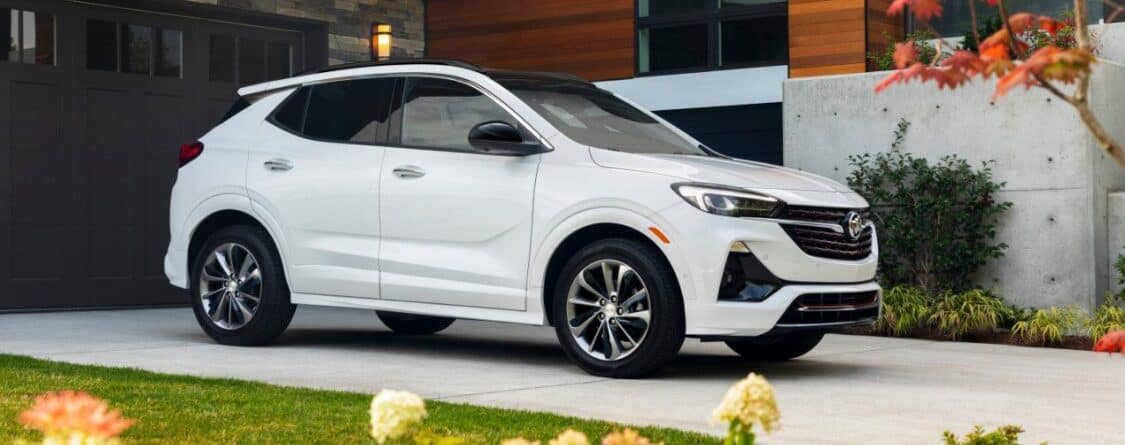
Since the pandemic, the automotive market has swung in two opposing directions. Between 2020 and early 2022, new cars were limited and prices were high. But it was easy to get big money for a trade-in, making new cars more affordable. If you timed it right, you could take advantage of 0% interest rates (remember the Lexus December to Remember events?).
In 2021, you could finance a new Honda Civic for under $350 per month – but only if you got to the dealership before the Civics were gone.
Now, the pendulum has swung in the opposite direction, and the chain’s all twisted. New cars are easy to find, the prices are high, trade-in values have dropped, and interest rates have skyrocketed. The result is stunning – but for all the wrong reasons – as car dealerships are overloaded with cars, and Americans can’t find affordable loans.
And now, the new Honda Civic will cost you over $700 per month.
No, You Can’t Give a Car Back
Gone are the days of the 0% interest rate and the $300 car payment. The crazy-high interest rates have slowed car sales to a halt, which is why dealerships have so many vehicles in stock. It’s also the reason that so many drivers are googling “give car back” – according to popular X personality CarDealershipGuy.
New car loan interest rates are at an all-time high, and vehicle sticker prices are, too. When interest rates are directly tied to credit scores, there’s little anyone can do to negotiate a better rate or find new car loans under 7%. Consumers with poor credit could pay up to 21% for a used car loan.
Unfortunately, manufacturers aren’t doing much to solve the problem. While you might find a few good deals out there, most cars are still selling for sticker price or very close to it.
Some dealerships are still in dreamland, pricing vehicles like it’s 2022. Rumor has it, a Kia dealership in Texas has a 2024 EV9 listed at $90,000 (the top sticker price is under $75k). And Kia has asked dealerships NOT to mark up prices, especially on the heavily-hyped EV9.
Add to the problem the return of student loan payments (or the start of student loan payments for 2020-2023 graduates), and we’ve got a perfect storm brewing. The trouble isn’t just for EVs with markups, it’s across the spectrum of the automotive industry. Something has to give.
Get A Great Deal … on a Buick
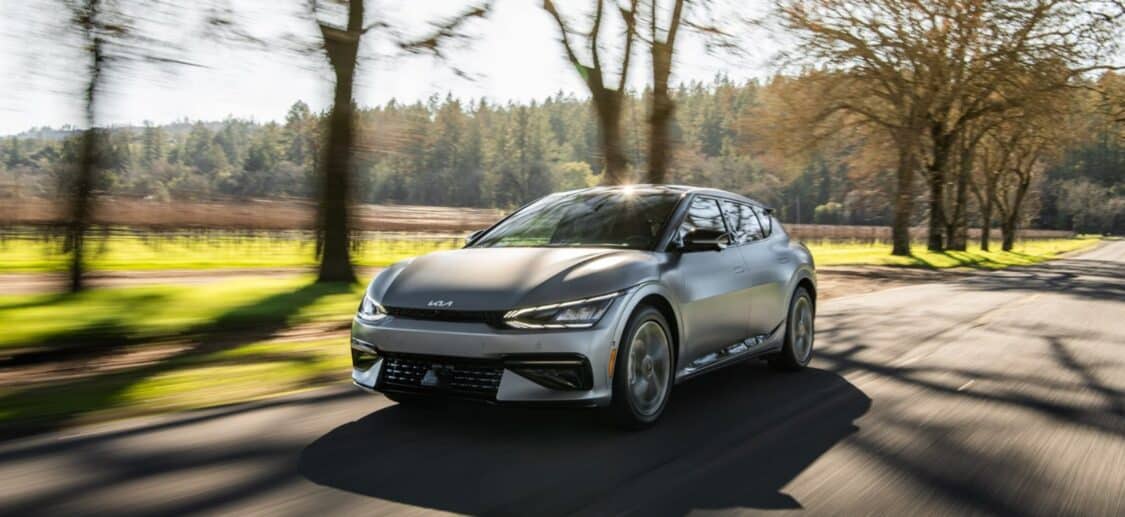
It’s easy to find your dream car on the overflowing car lots, but it’s not as easy to find affordable financing. Some low-interest opportunities exist, but they’re usually tied to short terms. For example, the best rate out there is attached to the Kia EV6. If you’ve got perfect credit, you can finance a 2023 EV6 at 0.9% interest for 48 months. It might sound too good to be true, but that’s how I got mine.
The best deals come from OEM financing, so they tend to be on models that are overstocked. If you want proof, visit your local Buick dealership. All Buick models have special financing and cash back. Lease deals as low as $199 per month, financing as low as 1.9% – the deals exist, but you might not get your dream car. My mom drives a 2021 Buick Encore GX, and she raves about it.
Insurance Rates on the Rise
Unfortunately, it’s not just sticker prices and interest rates that are pushing consumers away from new cars. Insurance rates have skyrocketed, especially in states like Florida, Arizona, Texas, and Michigan.
During the pandemic, insurance rates dropped. In 2022, Michiganders, like me, got money BACK from our insurance companies – $400 per vehicle! But, we eventually had to give it all back and more, as our rates increased in 2023 due to reckless post-pandemic driving habits.
According to NPR, insurance rates have risen thanks to:
- An increase in fatal car accidents.
- Higher car repair costs.
- Natural disasters and climate change causing more car damage.
The $1000 Auto Loan Payment
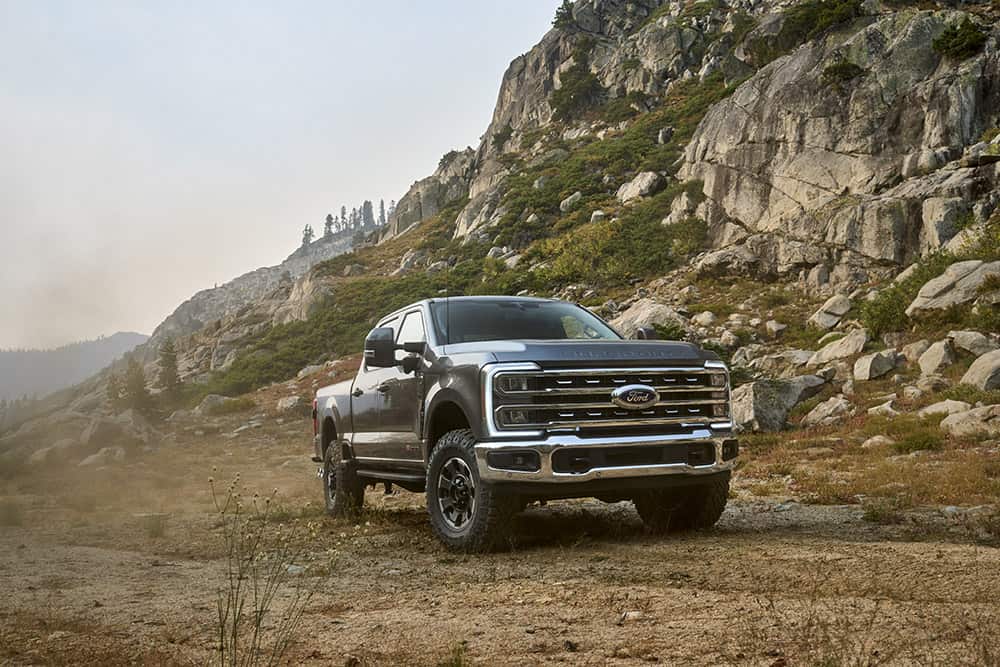
If you’ve got a car payment under $400, consider yourself lucky. The average car payment is around $725, and over 17% of new car buyers have payments over $1,000.
Most of the $1,000 car payments belong to drivers of large SUVs and full-size pickup trucks. So when you’re driving at night, and a 2023 Ford Super Duty races up to your rear bumper and blinds you with those supernova headlights, don’t get mad. Instead, have sympathy for the driver and their ungodly high car payments and insurance premiums and fuel expenses and registration fees.
Same goes for the bus-size Grand Wagoneer veering into your lane on the highway. The driver isn’t just distracted by all the children in the backseats but by the thoughts of having to make a mortgage payment on the massive SUV. Fortunately, it’s large enough to live in and comes with a small refrigerator in the front console.
Knowing that $1,000 car payments exist, it’s easy to understand why over 6% of subprime car loans are at least 60 days late. According to the credit experts at Fitch Ratings, this is the highest number of delinquent auto loans since they started tracking them in 1994.
Since student loan payments started back up in October, it’s a safe bet that the delinquent loan percentage will increase. Caesars, are you listening??
How the Long-Term Loans Affect YOU
A few years ago a 60-month loan was considered a long term. Now, lenders have options for up to 96 months. That’s EIGHT years. Is it any wonder why the extended warranty industry is so busy?
Long-term loans, high sticker prices, and crazy interest rates are forcing many drivers to stick with their old cars. While this sounds like a simple solution, it is putting stress on understaffed service centers. Schedules are packed, and car parts are on backorder.
Need a New Car? What Can You Do?
If you want a new car, take time to shop around for a low-interest rate. Better yet, wait a few months and build your down payment. Give as little as possible to the lenders. If you must get a car loan, pay more every month so you can reduce your interest, and pay off the loan faster.
Or, buy a Buick.
ADVERTISEMENT

FEATURE IMAGE: STELLANTIS
FTC: We use income-earning auto affiliate links. Learn more.


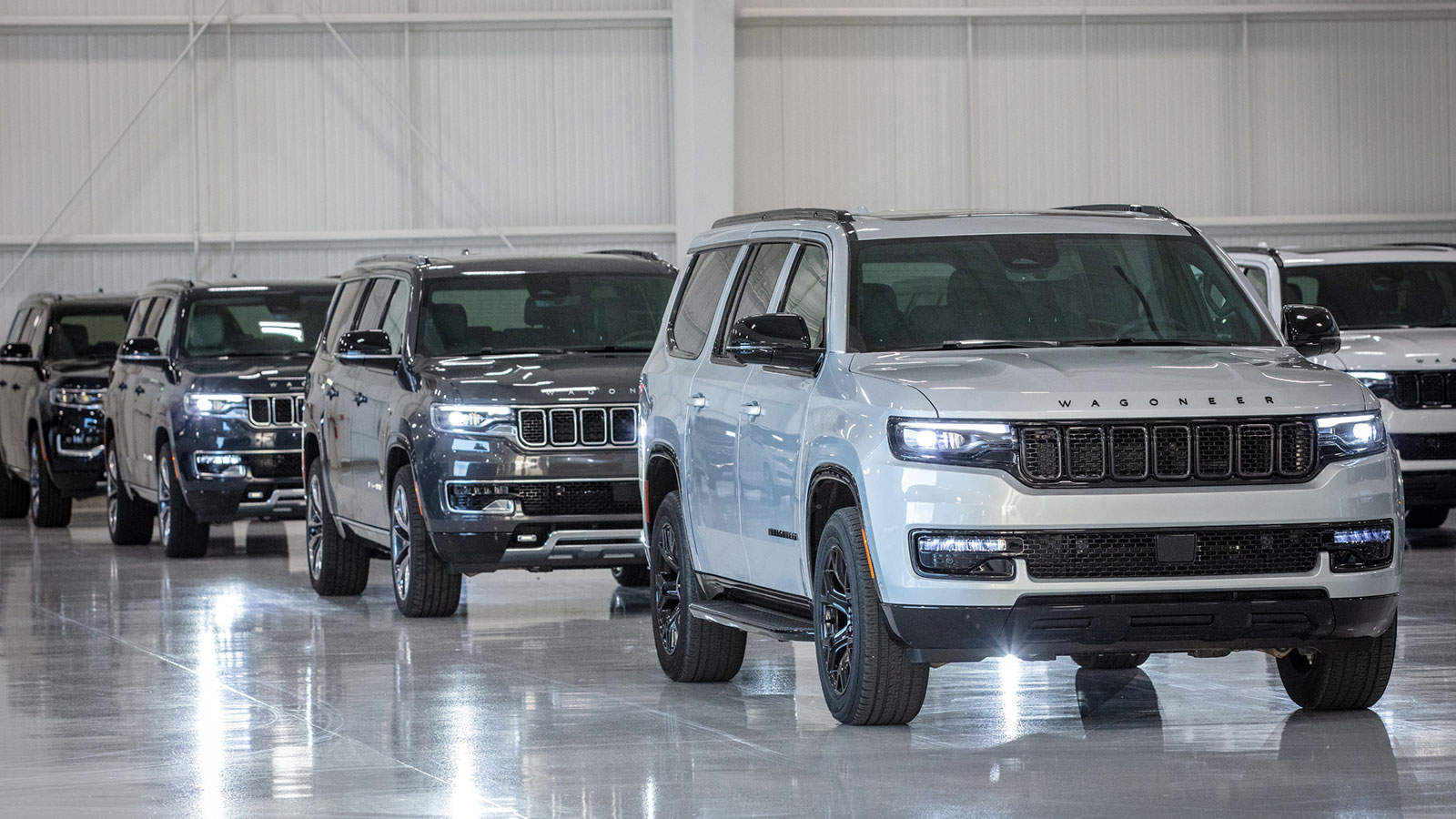


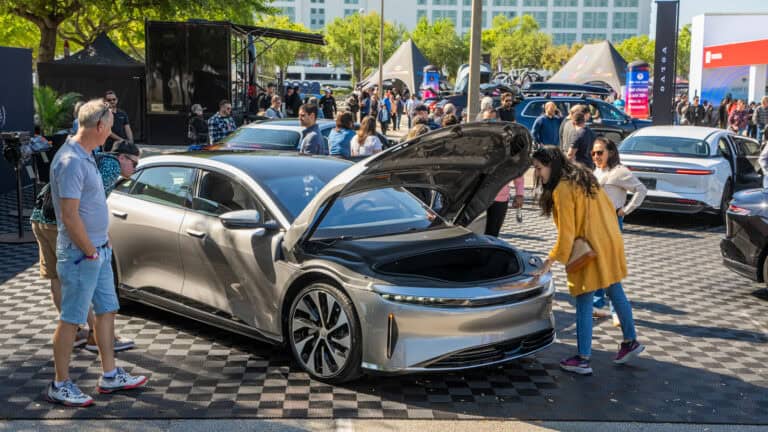

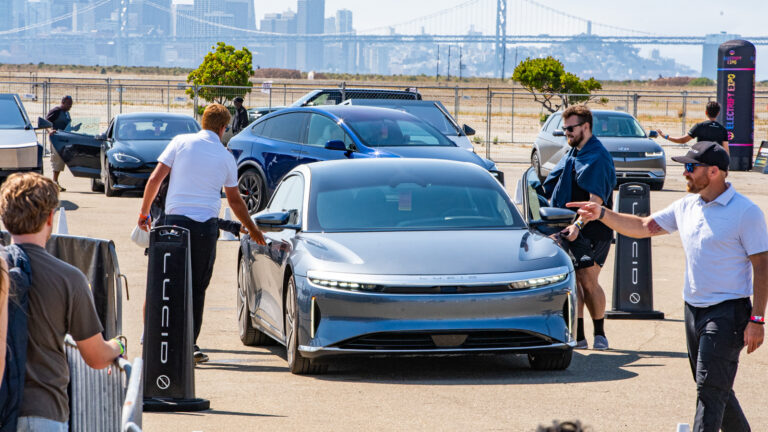
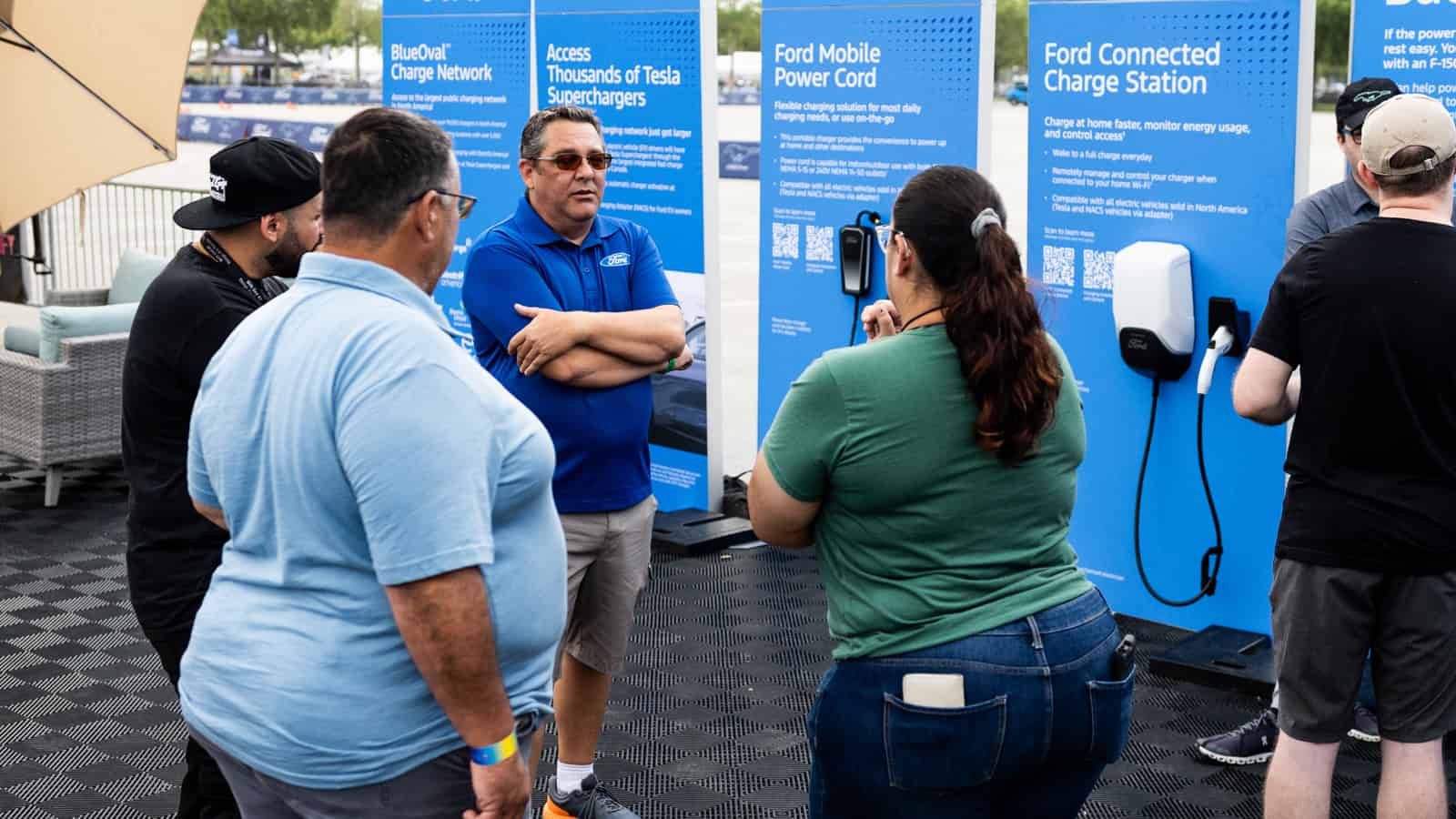


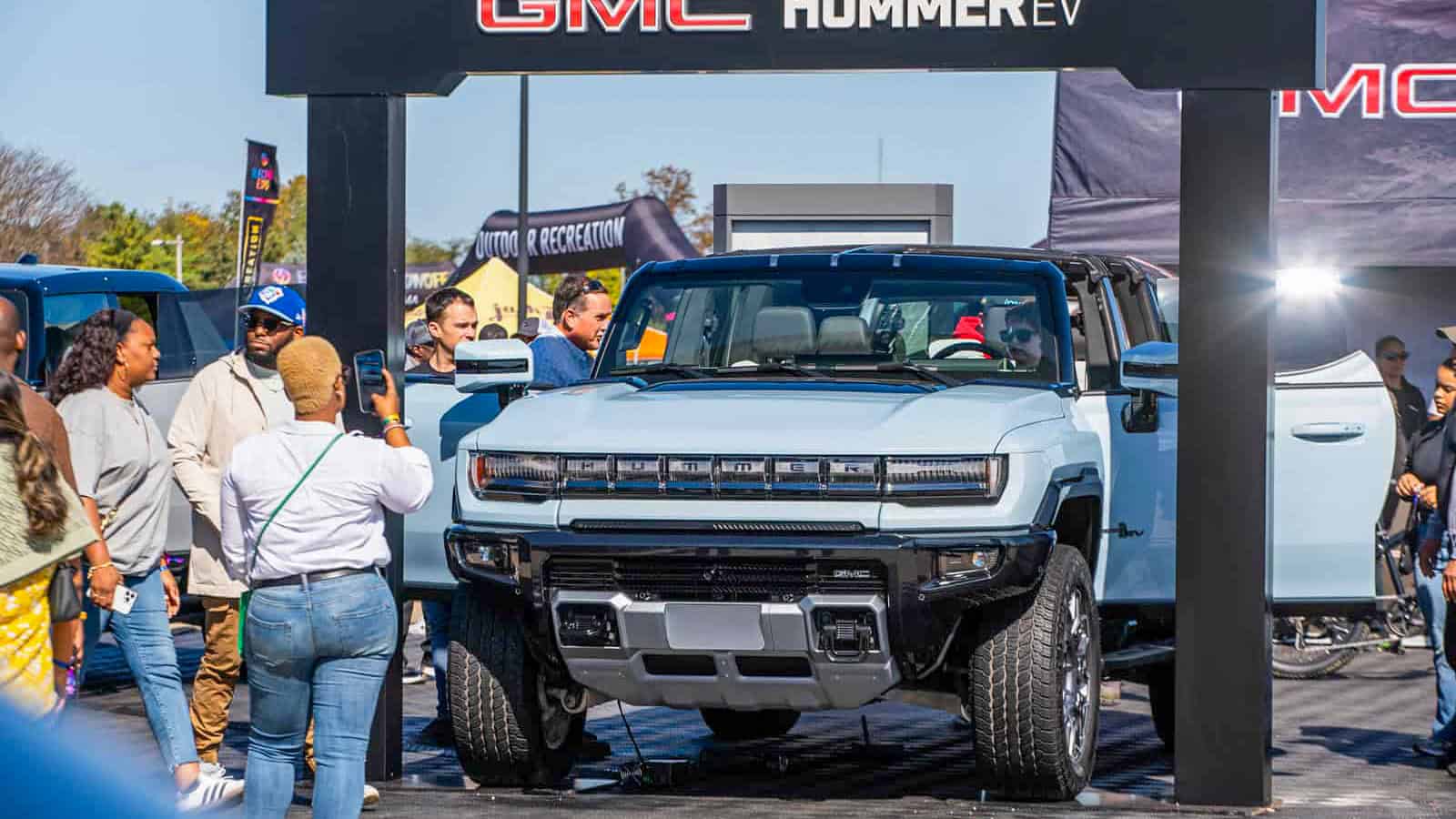
2 Responses
I bought my preowned civic hatchback in 2020 paid $16k for it and my payments were $241 a month had it been a year later when the inflation hit I’d be paying way more a month. def holding on to it